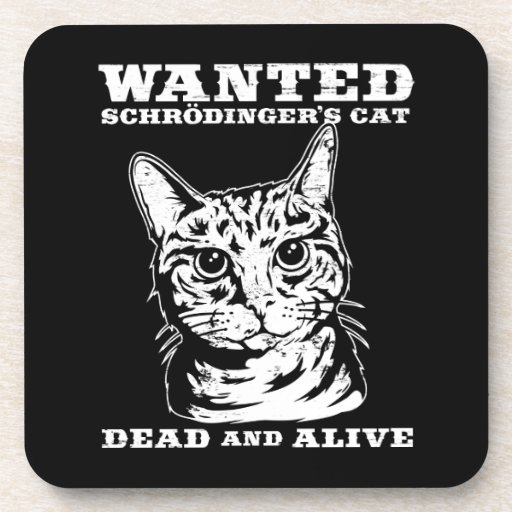
“…a black box is a device, system or object which can be viewed in terms of its input, output and transfer characteristics without any knowledge of its internal workings.”
In conducting an inquiry into curriculum, the black box may prove a useful metaphor to consider possible avenues of discussion or research. In his essay What is Curriculum? (pdf) Kieran Egan introduces Cicero’s use of the Latin curricula “to refer to the temporal space in which we live; to the confines within which things may happen; to the container, as opposed to the contents.” By applying the metaphor of the black box, we can appreciate the discussion of curriculum as being concerned with educational inputs and outputs, and the black box itself representing the individual experience of the learner.
With the advent of Enlightenment philosophy, society began to orientate itself toward the actualization of a pluralism that assumed an infinite diversity of human minds; here we see the shift of inquiry away from inputs and outputs, and toward the nature of the black box itself.
Egan presents this awakening thus:
“traditional curriculum questions about what should be taught can no longer stand as a distinct question in the fact of discoveries about individual differences. Questions of method are unquestionably relevant to curriculum decisions.”
“The difficulty,” he adds, “in admitting the question, how, into curriculum matters is that there becomes little of educational relevance that can be excluded from the curriculum field.”
Indeed. And as we have become subsumed in a preoccupation with how, we have suffered from what Egan calls “a general failure of nerve, of vision, and of direction.”
“To know what the curriculum should contain requires a sense of what the contents are for. If one lacks a clear sense of the purpose of education, then one is deprived an essential means of specifying what the curriculum should contain.”
And so we find ourselves surrounded by curricular initiatives that describe at exhaustive length the hows of learning in the 21st century: game-based, play, outdoor, experiential, collaborative, critical thinking, and various apps, hardware, and learning media aggregate to serve a purpose that is discussed as a forgone necessity. Notions of what should be taught are often presented in platitudinous photo-opportunities operating within the premise that the future will so paradigmatically different from the present or past that any discussion of curricular contents can only be looked upon with the most pragmatic or utilitarian perspective.
In building the altar of how, the means of delivering curriculum have become the ends: we have become singularly focused on what education must be in favour of what it might become.
Egan would agree:
“This manner of stating the problem exemplifies the failure of nerve: it suggests we have no control over the future; we cannot make of it what seems best to us.”

In considering curriculum as a black box problem, we might be guided by Schroedinger’s cat thought-experiment. Originally conceived to highlight the paradox at the root of quantum mechanics (basically the uncertainty principle), a simplified look at the analogy finds Schroedinger’s cat inside a black box with a vial of poison that will alternatively be delivered, or not, depending on the state of a subatomic particle.
Until the box is opened, there exists potential for either eventuality to exist: that the cat is still alive; or that it has expired. And so until a definitive measurement or observation can be made, the cat might be thought of as being both alive, and dead.
In our own practice and research, ‘opening the black box’ of individual learning experiences is similarly limited and may be seen to require such a dualist response. “Focus on either how or what at the expense of the other,” Egan writes in his conclusion, “is improper.”
He writes:
“Proportion and good sense demand that we turn our attention increasingly to what questions and present strong arguments for or against specific curriculum content.”
In resembling the black box, our discussion of curriculum traverses the knowable entities of inputs and outputs, and seeks to investigate the opaque nature of individual experience. In this inquiry, as soon as measurement and observation are able to record new points of knowledge they unfold into new inquiries toward an ever-retreating horizon.
As a symbol, the black box represents paradoxes that are at the heart of learning and knowledge, and aligns with Egan’s characterization of bringing about authentic curriculum as a struggle to “summon the nerve to believe that we can make the future what we want and better prepare children to deal with it.”
